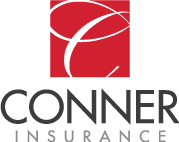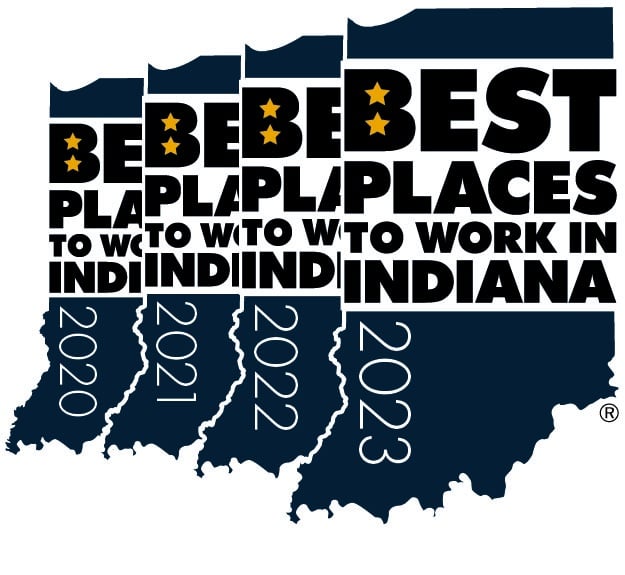Maximize Your Negotiation Power
MAXIMIZE YOUR NEGOTIATION POWER.
Maximize your negotiation power. Whether you are fully insured or self-funded, you need to have someone in your corner who knows what to ask and is willing to have challenging conversations, otherwise, your benefits program could be costing you— and your people— more than it should.
Costs of employee benefits continue to climb, according to the U.S. Bureau of Labor Statistics, the costs of employee benefits for private industry workers were $11.86 per hour in December 2022. That cost rose to $12.19 per hour by September 2023. While employee benefit costs vary by industry, state and job title, these numbers show just how quickly costs are rising.
START TODAY.
If you haven’t already, reach out to your consultant or advisor and begin a thorough review of your current benefits program. For fully insured employers, choosing a structured plan doesn’t mean you should leave your benefits on auto-pilot. While negotiating low prices is in the provider’s best interests, it can be difficult to know exactly how much is being spent by employees, employers and the provider.
Cost-saving opportunities could exist within your benefits program. With the help of a trusted consultant, analyze plan data, rates, and employee feedback to determine areas that can be improved or removed. By eliminating underutilized programs, employers can redirect revenue to more meaningful offerings that reflect their current workforce.
CONTROL COSTS.
Regardless of the funding environment an employer is in — whether fully insured or self-funded — the only truly effective way to control costs is to manage that supply chain from within. Your consultant should have provider contacts and trusted relationships with real people to help navigate issues and negotiate renewals.
Even in a fully insured environment, a consultant could have trouble making meaningful changes within the plan if they don’t have real connections. Reaching an automated, generic helpline can be time-consuming and may not offer personalized service. With the complex nature of employee benefits and the healthcare industry, automated systems can often fall short.
When speaking to carriers, your consultant should know the right questions to ask when it comes to data and reporting and also the correct terminology to help their negotiation powers. Some carriers may say data is not available for your benefits program, but with the right terminology, data can be provided. Data that you can work with.
MAXIMIZE YOUR BENEFITS.
A consultant who asks the right questions to the right people can acquire information that can be used to negotiate meaningful change. Then you can begin to map out and implement any changes. Whether you create a three or five-year runway, making changes slowly over time can help the success of your benefits program. Once a strategy has been established and implemented, your program should be monitored closely and consistent communication with your consultant or advisor should be maintained.
Important facts about your program can be challenging to obtain from carriers, but without knowing real numbers, it can be hard to know if you are paying fair prices. Speak to a consultant who knows how to get the right information from the right people. If not, you could get stuck in an endless loop of increased premiums year after year.
If you have questions about your benefits program, let’s chat!













